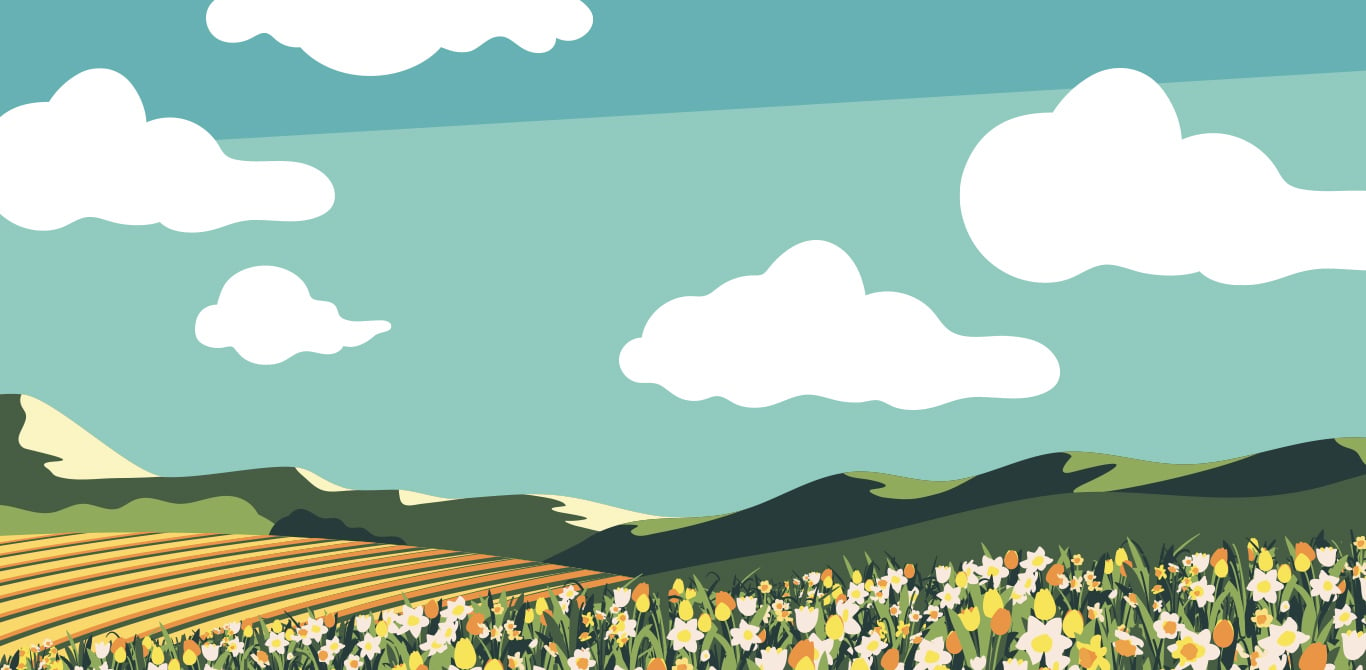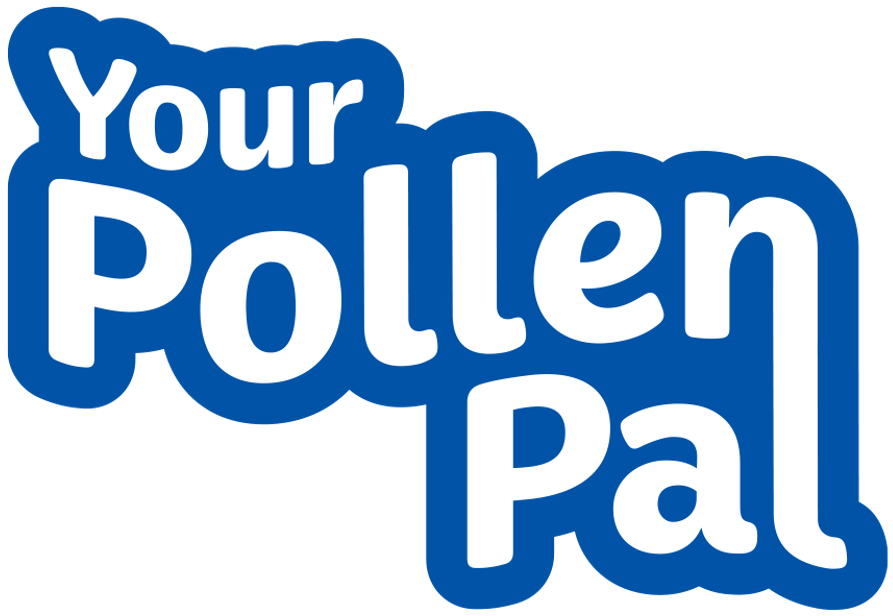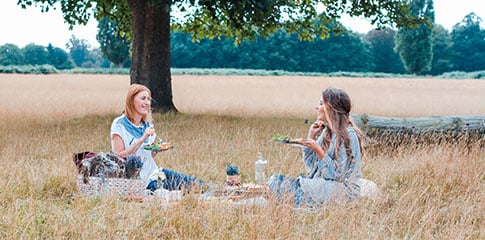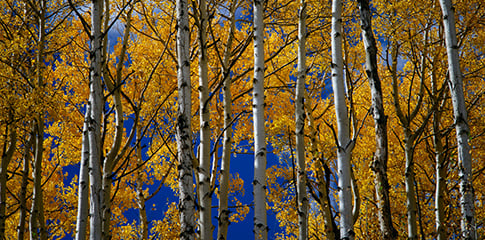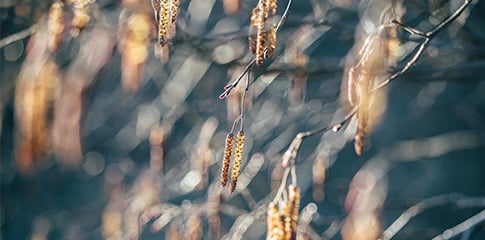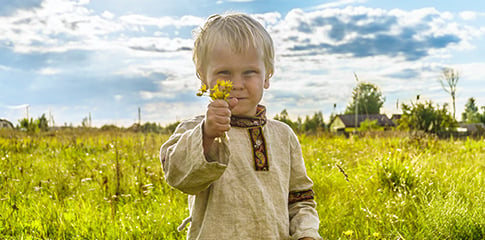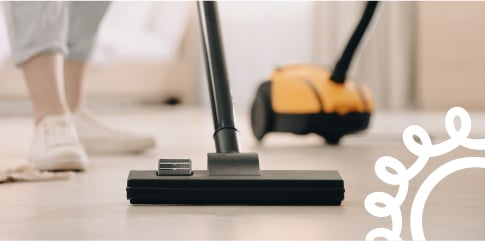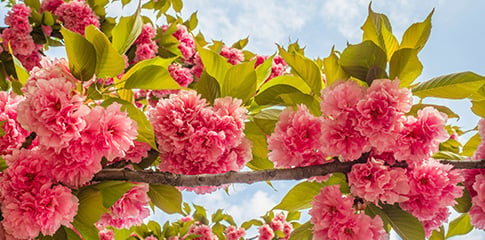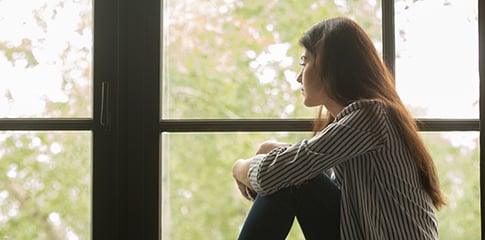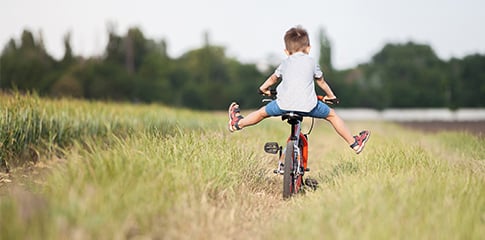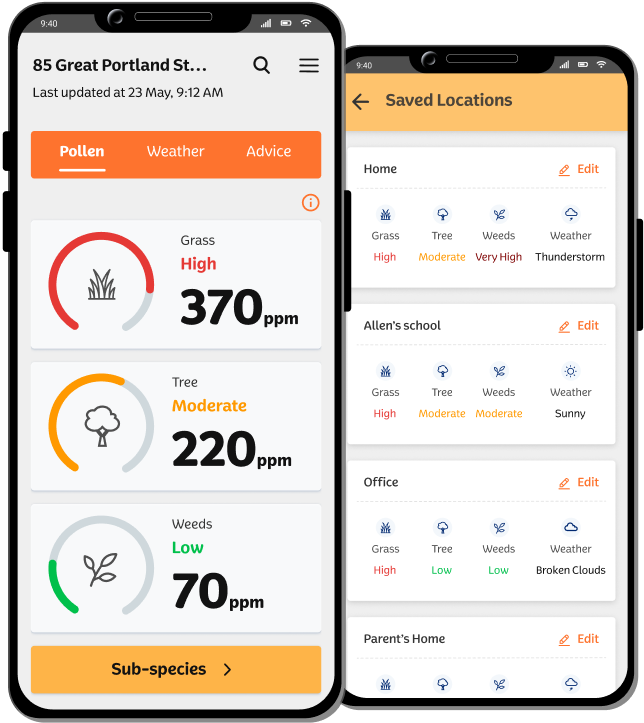Pollen Levels Near Me
Your Pollen Pal gives you both the pollen count levels and weather forecasts in your local area when you enter your postcode, along with more detailed information about the types of pollen you can expect. Click on the pollen type to see the breakdown of allergens, for a further idea of which pollen you may be sensitive to.
Pollen Forecasts
Your Pollen Pal will forecast pollen levels over the next five days in your current, or selected area, and break this down into Grass, Tree and Weed pollen levels. See our types of pollen page to find out more about different pollen types, and the impact they can have on hay fever symptoms.
How Does Your Pollen Pal Work?
The pollen tracker takes data from Ambee, across several sources:
- Pollen traps across the UK and beyond
- Local weather on the day
- The different types of trees, weeds and grass in your area
“With such levels of accuracy, we can predict the pollen count on your street for up to five days ahead.”
Madhusudhan Anand, Co-Founder & CTO of Ambee
Pollen Levels
The following table shows the risk level for each type of pollen. We apply NAB (National Allergy Bureau) guidelines to our data and take percentile values from the extended season for each pollen type.
We measure severity of pollen by the PPM number, which stands for Pollen Grains Per Cubic Metre.
| Risk Level |
Tree |
Grass |
Weed |
| Low |
0-95 |
0-29 |
0-20 |
| Moderate |
96-207 |
30-60 |
21-77 |
| High |
208-703 |
61-341 |
78-266 |
| Very High |
704+ |
342+ |
267+ |
The weather and time of day can be a big factor in how pollen levels can affect you. In the evening, as pollen falls to the ground and heat eases, your hay fever symptoms can get worse. On rainy days, you’ll find your
hay fever symptoms are easier to manage as the rain tends to wash the pollen away.
Top Five Tips to Prevent Hay Fever Symptoms
Ah, summer. Life’s all hazy days and… streaming eyes. Here’s how to manage, or even prevent, hay fever in high pollen seasons. Let’s show pollen who’s boss.
1. Shower and change your clothes after being outdoors. This’ll help stop transmission as pollen gets everywhere, clinging to clothes and affecting you long after you’ve gone inside.
2. Apply petroleum gel just under your nose. Stick with us on this one… A little dab before you head outside can act as a barrier, preventing pollen particles from entering your nose.
3. Wear wraparound sunglasses. Yep, we’ve even come armed with fashion tips. The wraparound style will help keep pesky pollen powder out of your eyes.
4. Keep your hands clean. Regularly wash your hands when out and about to remove pollen.
5. Dry your laundry inside. Yes, the sun’s shining. But, yes, pollen will head straight for your clothes on the washing line. If you suffer from hay fever, it’s best to dry them inside.
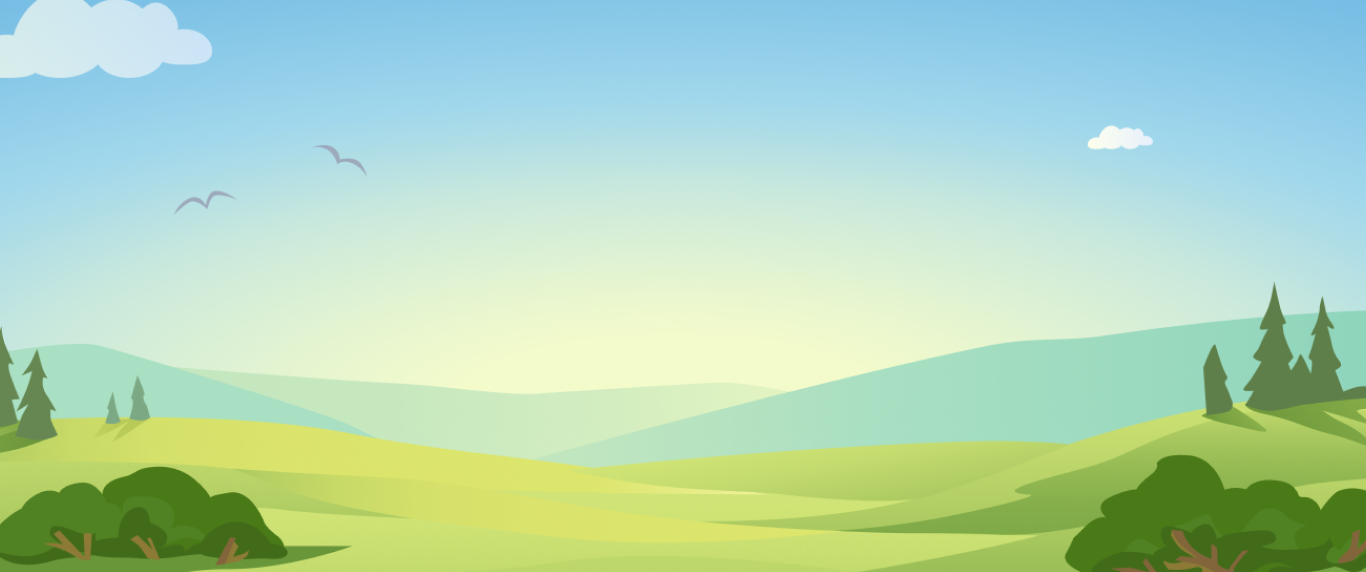
 Get Pollen Alerts
Get Pollen Alerts
